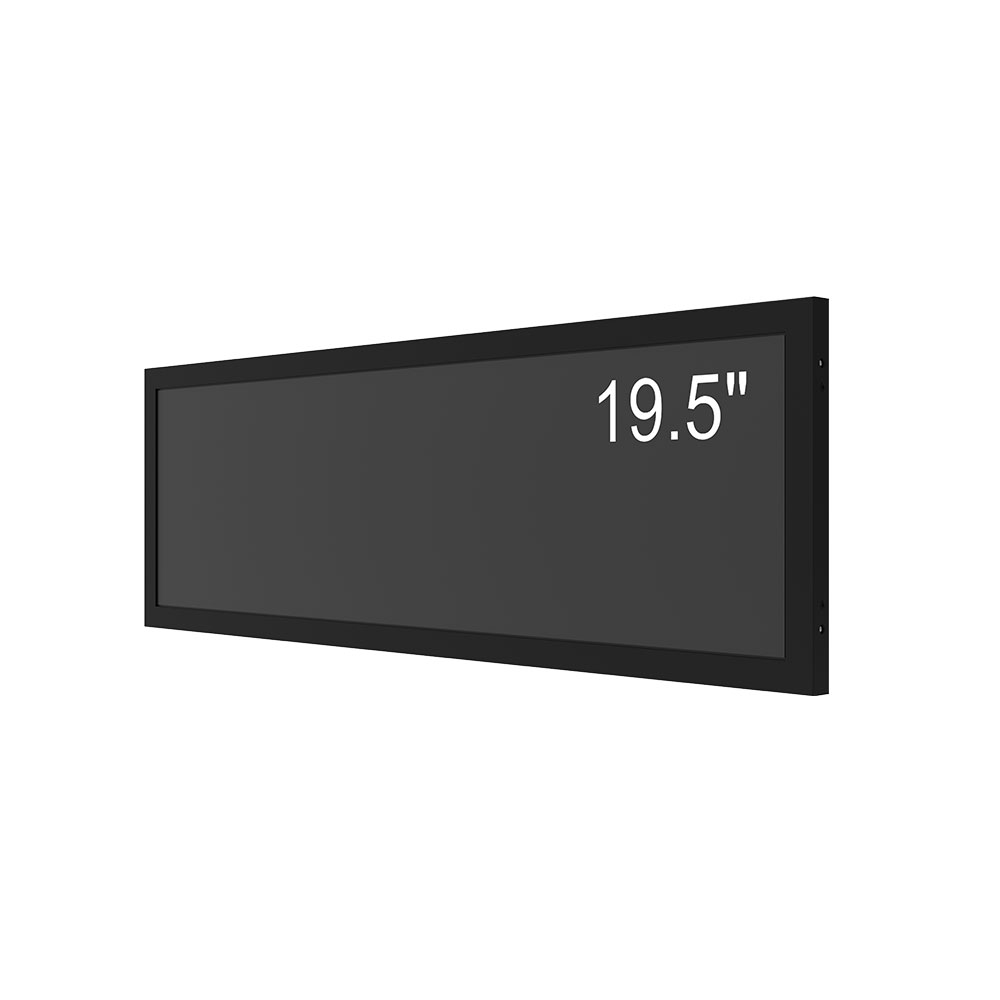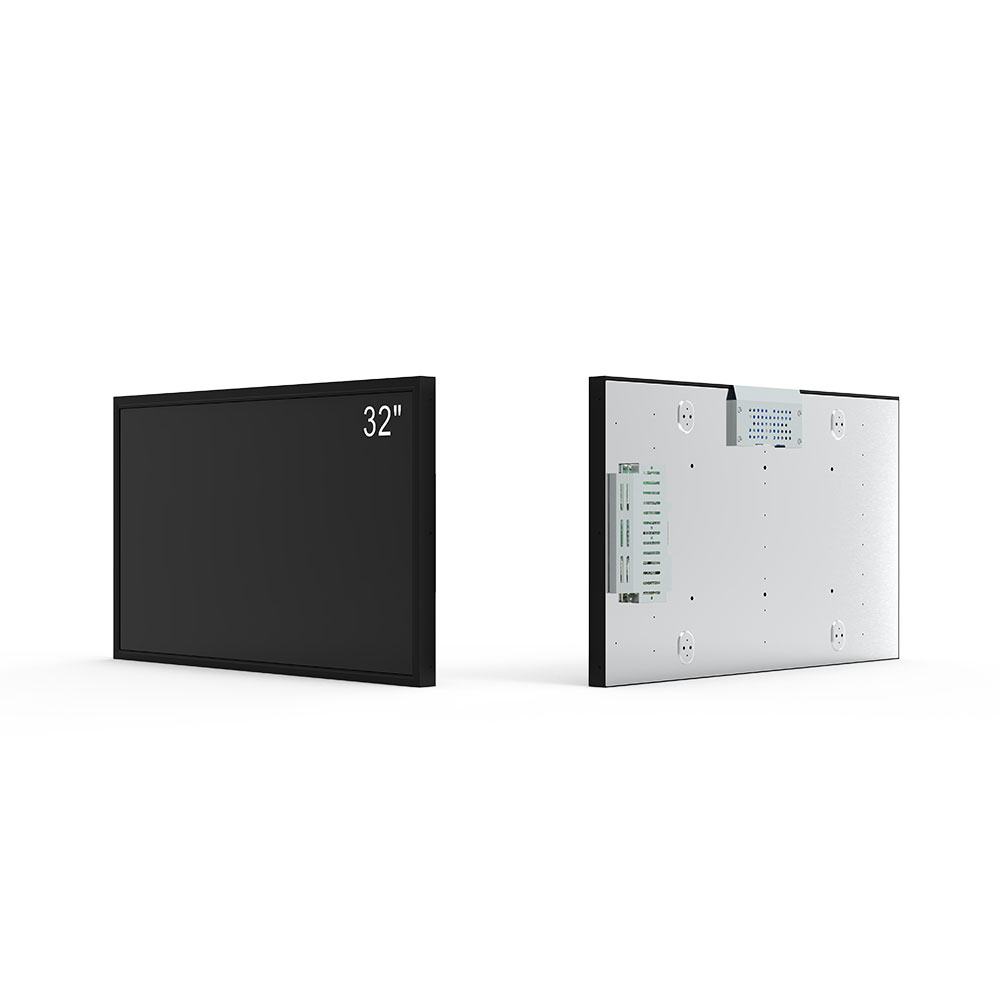- Home
- About Us
- Products
- News
- Video
- Contact
- Send Inquiry
Search
- Home
- About Us
- Products
- News
- Video
- Contact
- Send Inquiry

When selecting an outdoor LCD screen for commercial, public, or industrial applications, it's essential to prioritize both visibility under varying lighting conditions and long-term durability. Unlike indoor displays, outdoor screens face harsh environmental challenges—including direct sunlight, temperature fluctuations, humidity, and potential vandalism. A well-engineered outdoor LCD must therefore meet stringent performance standards beyond basic brightness.
First, brightness is critical. For optimal readability in direct sunlight, most manufacturers recommend a minimum of 5,000 nits—though premium models can exceed 10,000 nits. This ensures clarity even during peak daylight hours. Industry standards like EN 62301 (for energy efficiency) and IEC 60068-2 (environmental testing) help verify compliance with real-world conditions.
Second, display technology matters. LED-backlit LCDs with high-contrast ratios (typically 4000:1 or higher) outperform traditional CCFL backlights in outdoor settings. Additionally, some vendors now offer IPS (In-Plane Switching) panels for wider viewing angles—a key feature for crowded public spaces such as bus stops or shopping malls.

Third, weatherproofing must be considered. Look for IP65 or higher ratings for dust and water resistance. The screen enclosure should also include features like fanless cooling systems and wide operating temperature ranges (-20°C to +60°C), which are common in industrial-grade units tested per MIL-STD-810G.
Fourth, maintenance and lifespan impact total cost of ownership. High-quality outdoor LCDs often use ruggedized components—such as tempered glass, corrosion-resistant casings, and anti-glare coatings—that reduce maintenance needs. According to a 2023 study by Display Supply Chain Consultants, properly maintained outdoor screens last 7–10 years, while low-grade alternatives may fail within 2–3 years due to UV degradation or thermal stress.
Finally, integration with content management systems (CMS) and remote monitoring tools enhances operational efficiency. Modern outdoor displays increasingly support cloud-based CMS platforms like BrightSign or Xibo, enabling dynamic updates and diagnostics without on-site visits.

In conclusion, choosing the right outdoor LCD screen requires balancing technical specs, environmental resilience, and long-term value. Whether deploying for digital signage, transportation information, or emergency alerts, investing in a certified, durable solution ensures consistent performance and ROI over time.